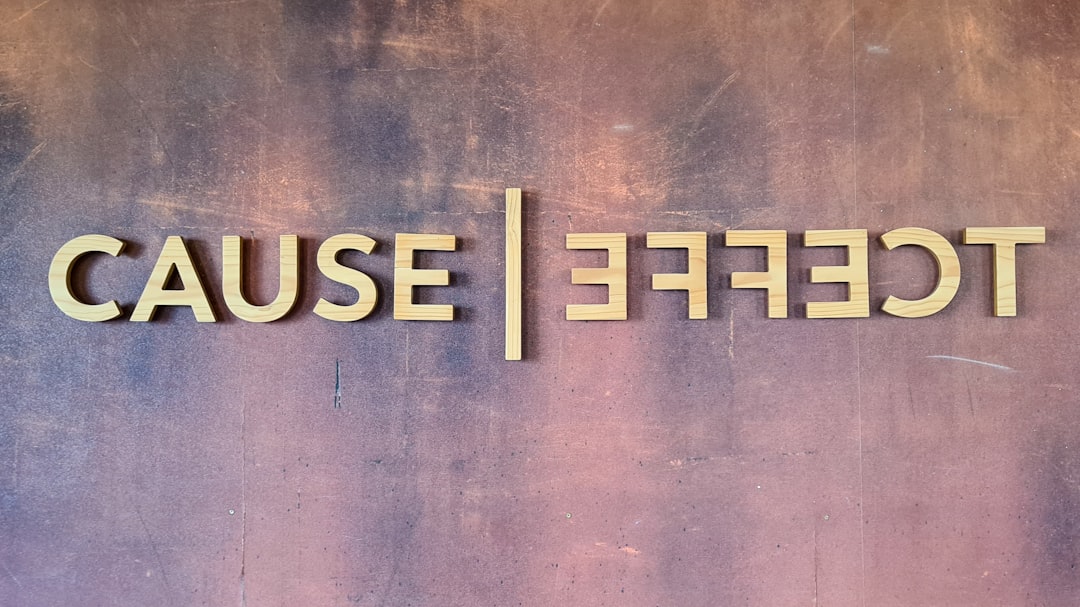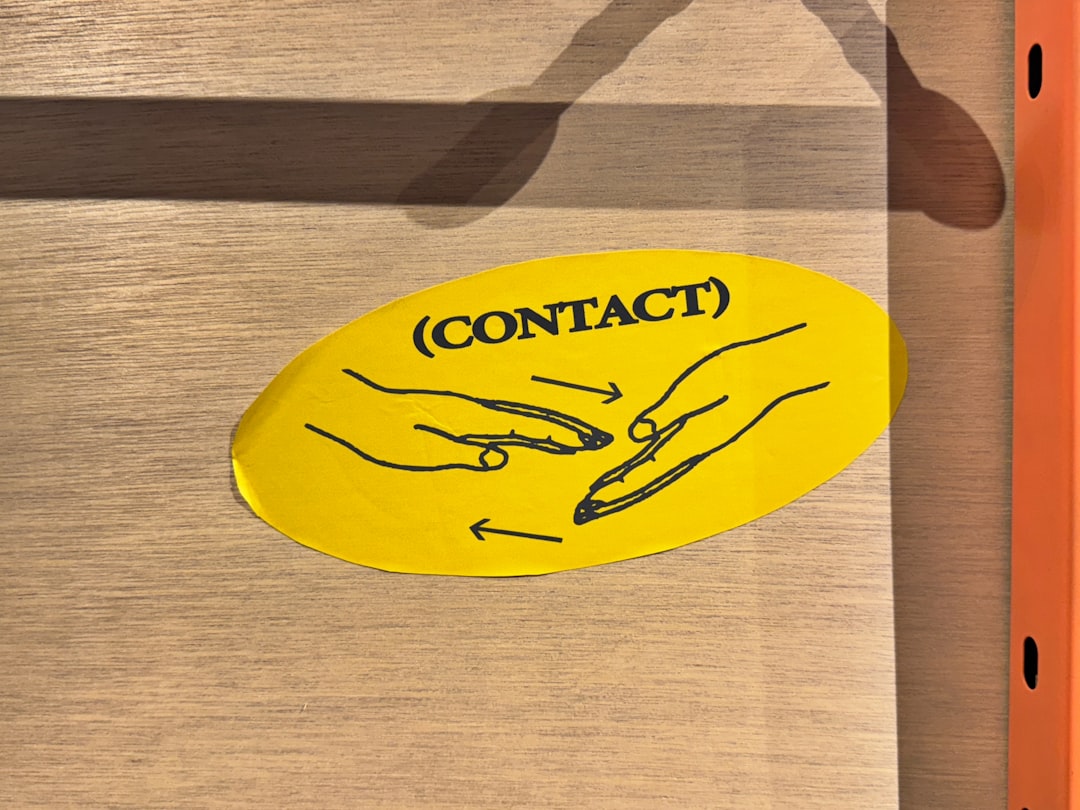10 Proven Strategies to Reduce Churn Rate in 2025
Reducing churn rate is vital for any business. This article will share ten proven strategies to help you keep customers loyal and reduce churn rate effectively. You’ll learn about understanding churn, improving customer service, and offering incentives among other key tactics.
Key Takeaways
- Understanding customer churn is essential for developing effective retention strategies, highlighting the need to analyze why customers leave.
- Calculating and monitoring churn rate enables businesses to identify areas for improvement and implement targeted retention strategies.
- Proactive customer engagement, excellent service, and offering incentives are critical methods for reducing churn and enhancing customer loyalty.
Understanding Customer Churn
Customer churn, often referred to as called customer churn or customer attrition, is the rate at which customers end their relationship with a business or switch to another provider. This metric is a critical indicator of a business’s health, as it reflects the number of customers lost over time. A high customer churn rate can signal potential revenue loss and indicate that a company is losing more customers than it is gaining, which can lead to a good customer churn rate. Additionally, understanding why customers churn is essential for improving retention strategies.
Understanding customer churn allows businesses to plan for potential revenue losses and develop active retention strategies. Focusing on reducing churn enables growth and profitability, ensuring long-term success through customer retention and loyalty, which can prevent customer churn and successfully reduce customer churn.
The concept of customer success has evolved with the primary goal of reducing churn. Today, it focuses on proactive engagement and helping customers realize customer value in the product or service they have purchased. Marketers are placing greater emphasis on customer retention and loyalty as effective ways to combat churn through customer success initiatives.
Addressing churn effectively requires understanding why customers leave. Whether due to poor customer service, lack of product/market fit, or other reasons, acknowledging these factors is the first step towards churn mitigation strategies.
Calculating the Churn Rate
Calculating the churn rate is fundamental to understanding and addressing customer attrition. The churn rate is calculated using a straightforward formula: Churn Rate = (Total Lost Customers / Customers at the Start of the Period) x 100. This can be done over various intervals such as monthly, quarterly, or annually, depending on business needs. To calculate customer churn effectively, businesses can analyze these metrics over time.
For example, consider a subscription box business with 10,000 customers at the start of the month. To calculate the churn rate:
- Identify the number of customers who cancel their subscriptions within the month (500 customers).
- Divide the number of cancellations by the total number of customers at the start of the month (500 / 10,000).
- Multiply the result by 100 to get the percentage ((500 / 10,000) x 100).
The churn rate would be 5%.
Different methodologies for counting customers can impact the resulting figures, so choosing a consistent approach is key. Accurate measurement of churn rates helps businesses identify areas for improvement and develop effective strategies to reduce churn.
Analyzing Causes of Customer Churn
Effectively reducing customer churn requires analyzing the underlying causes. Common reasons include poor customer service, lack of product/market fit, and pricing issues. High churn rates often indicate that a company is not meeting customer expectations or facing strong competition, which can help reduce customer churn rate.
Customers tend to churn when they do not achieve the outcomes they expected from the product. An incompatibility between a product or service and consumer needs can lead to customer dissatisfaction and eventual churn. For instance, if a product does not align with customer expectations, dissatisfied customers are likely to seek alternatives that better meet their needs.
Factors that can contribute to customer churn and affect retention include:
- Technical issues such as bugs or downtime, which can frustrate users and drive them away.
- Negative experiences with marketing content or customer support.
- Customer service issues, such as unhelpful staff and slow service, which can significantly affect customer retention.
Reasons why customers might leave a product include:
- Mispricing the product, causing customers to feel it is either too expensive or too cheap, which may drive them away.
- Competitive alternatives luring customers away if they believe those options serve their needs better.
- Attracting customers who are not a good fit for the product, leading to high churn rates.
Knowing why customers based leave for competitors helps businesses improve their product offerings and overall customer experience.
Identifying Types of Customer Churn
Customer churn can be categorized into different types, each with its own implications for businesses. Voluntary churn occurs when customers actively decide to leave, often due to dissatisfaction or better options available. Involuntary churn happens due to factors like payment failures or service disruptions.
Delinquent churn, a common form of involuntary churn, often results from external failures that can be mitigated. Understanding both voluntary and involuntary churn types helps in crafting effective customer retention strategies. Negative churn occurs when the revenue gained from existing customers exceeds the revenue lost from cancellations.
Recognizing the differences between these types of churn allows businesses to implement targeted strategies to reduce customer losses. Addressing the specific causes of each type of churn enables companies to develop more effective retention plans and improve overall customer satisfaction.
Gathering Customer Feedback
Gathering customer feedback is crucial for understanding and addressing the reasons behind customer churn. Feedback helps uncover areas needing immediate improvement in service, leading to enhanced customer satisfaction and loyalty. Collecting feedback at different stages of the customer journey provides comprehensive insights into customer experiences and expectations, including:
- Understanding reasons behind customer churn
- Identifying areas needing immediate improvement in service
- Enhancing customer satisfaction and loyalty
- Gaining insights at different stages of the customer journey
Methods of collecting feedback include customer satisfaction surveys, regular check-ins, and surveys after customer service interactions. Using multiple feedback channels, like surveys and direct interactions, provides diverse perspectives on customer satisfaction. Feedback loops drive improvements in services and offerings, showing customers that their opinions matter and helping to gather customer feedback.
Tracking customer feedback and churn metrics identifies trends and areas for business improvement. Using this information effectively allows businesses to develop targeted customer segments and strategies to reduce churn and retain their most valuable customers, providing valuable insights.
Enhancing Customer Onboarding
Investing in customer onboarding is a powerful strategy to increase customer satisfaction and lower churn rates. A seamless onboarding experience can significantly lower the chances of customer churn. Providing educational materials such as tutorials and webinars empowers customers to fully utilize product features and reduces churn.
Incorporating top-performing content into the onboarding process enhances customer engagement and retention. Efficient onboarding significantly lowers the time it takes for new customers to recognize the value of a product. Regularly reviewing and optimizing the process allows companies to adapt and improve customer experiences.
Streamlining the new customer onboarding process with guided workflows and personalized communications fosters trust and engagement early on. Quick feedback loops during onboarding help identify and rectify potential issues before they lead to customer churn.
Proactive Customer Engagement
Proactive customer engagement is vital for preventing churn. Key aspects include:
- Open communication with customers provides regular insights that can preempt churn.
- Using various efficient customer engagement channels enhances customer engagement and satisfaction.
- Regular updates and benefits strengthen the customer’s connection to the product.
Timely outreach keeps customers interested and active. Strategies to maintain engagement include:
- Retention emails highlighting new features to effectively re-engage inactive customers.
- In-app messages that provide direction and alleviate user frustrations, showcasing the product’s value.
- Identifying disengaged customers to allow for timely intervention.
Proactive customer service efforts uncover points of friction related to churn. Customer success team:
- Monitor accounts
- Reach out to unhappy users to address issues Personalized outreach tailored to individual usage:
- Enhances customer communication
- Reduces churn over time
Offering Incentives and Rewards
Offering incentives and rewards is a proven method to offer incentives to retain customers. These can include promotions, discounts, and loyalty programs. Examples in loyalty programs include discounts, special offers, and VIP benefits that encourage repeat purchases.
Special offers like discounts or loyalty programs significantly enhance customer retention. Customer loyalty incentives and loyalty rewards increase satisfaction and encourage repeat purchases, reducing churn among loyal customers. Offering incentives, such as discounts, is one of the most effective methods to engage customers likely to leave and build customer loyalty.
Understanding a customer’s timeline helps offer relevant incentives, such as:
- Discounted renewal rates as contracts end
- Considering the customer’s needs while offering incentives, which is crucial for effective retention
- Using promotions or loyalty rewards to convey appreciation to existing customers and foster long-term relationships
Providing Excellent Customer Service
Exceptional customer service is crucial for reducing churn. Empowering service representatives to resolve issues effectively fosters a customer-first approach that can mitigate churn. Tracking metrics like first call resolution can help identify areas where customer service can be improved, aiding in churn reduction.
Learning from successful companies in customer service, offering excellent customer service provides a framework to serve customers and improve one’s own retention strategies. Recognizing and addressing customer complaints is crucial; 96% of unhappy customers do not voice their concerns and will leave. Improving resolution speed ensures issues are addressed promptly to maintain loyalty.
Prioritizing the resolution of genuine issues demonstrates responsiveness and commitment to customer satisfaction. Implementing these best practices enhances customer satisfaction and loyalty, which is crucial for reducing churn.
Implementing Retention Strategies
Implementing effective retention strategies is key to improving customer retention rates. Important aspects include:
- Personalized support increases loyalty and retention rates.
- Over half of consumers expect personalized experiences from brands.
- Identifying and prioritizing the most valuable customers at risk of churning is crucial for effective retention.
Quality educational resources like webinars and tutorials enhance valued customers’ retention. Retaining existing customers is significantly more cost-effective, costing five times less than acquiring new ones. Continuously adding value and building strong customer relationships around a brand bolsters loyalty and reduces churn, helping to improve customer retention and retaining customers.
Responding to customer feedback resolves issues and fosters a deeper connection with the brand. Long-term subscription options encourage customer commitment and help reduce churn.
Monitoring Churn Metrics
Monitoring churn metrics is essential for understanding customer behavior and improving retention strategies. Churn rate serves as a key metric that reflects customer satisfaction and loyalty, directly impacting a business’s future revenue. In the SaaS industry, monitoring churn provides insights into customer behavior and product performance.
Measuring customer churn is important for identifying areas for improvement and enabling data-driven decisions. Churn analysis provides deeper insights into customer behavior related to churn over time. Feedback from churned customers yields crucial insights for preventing future attrition.
Reporting and analytics tools analyze customer behavior and churn patterns. Monitoring metrics such as CES and CLV provides insights into customer behavior and retention. Proper data governance and hygiene are essential for accurate churn prediction.
Leveraging Technology for Churn Prediction
Leveraging technology for churn prediction can significantly enhance customer retention efforts. Understanding the churn rate is essential for developing effective churn prevention strategies to enhance customer retention. Identifying customers at risk of churning allows businesses to proactively address potential issues.
Machine learning models like XGBoost, Random Forest, and Logistic Regression effectively forecast customer churn. Evaluating the performance of churn prediction models uses metrics such as mean absolute error and R² score. Predictive churn models rely on comprehensive datasets that include customer demographics and usage patterns.
Maintaining data privacy and security is critical when using customer data for churn prediction. Leveraging these technologies, businesses can anticipate and prevent churn, ensuring a more stable and loyal customer base.
Summary
In conclusion, to reduce churn rate in 2025 requires a multifaceted approach. By understanding customer churn, calculating churn rates, and analyzing the causes, businesses can develop targeted strategies to address churn. Enhancing customer onboarding, proactive engagement, offering incentives, and providing excellent customer service are all crucial steps in this process.
Implementing effective retention strategies, monitoring churn metrics, and leveraging technology for churn prediction can further enhance customer retention efforts. By following these ten proven strategies, businesses can successfully reduce churn rate, retain their most valuable customers, and build long-lasting relationships.
Frequently Asked Questions
What is customer churn and why is it important?
Customer churn refers to the rate at which customers discontinue their relationship with a business, and it is crucial because it reflects the overall health of the business and directly affects revenue. Monitoring churn can help identify issues and improve customer retention strategies.
How can I calculate the churn rate for my business?
To calculate the churn rate, use the formula: Churn Rate = (Total Lost Customers / Customers at the Start of the Period) x 100. This will give you the percentage of customers lost over a specific time period, aiding in assessing your business’s customer retention.
What are common causes of customer churn?
Poor customer service, lack of product/market fit, pricing issues, technical problems, and strong competition are common causes of customer churn. Addressing these factors can significantly enhance customer retention.
How can customer feedback help reduce churn?
Customer feedback is essential in identifying areas for improvement and understanding expectations, enabling businesses to enhance satisfaction and loyalty, which effectively reduces churn. Implementing these insights leads to stronger customer retention strategies.
What role does technology play in predicting churn?
Technology, particularly machine learning, plays a crucial role in predicting churn by analyzing extensive datasets to identify patterns in customer behavior. This empowers businesses to proactively intervene and enhance customer retention.





